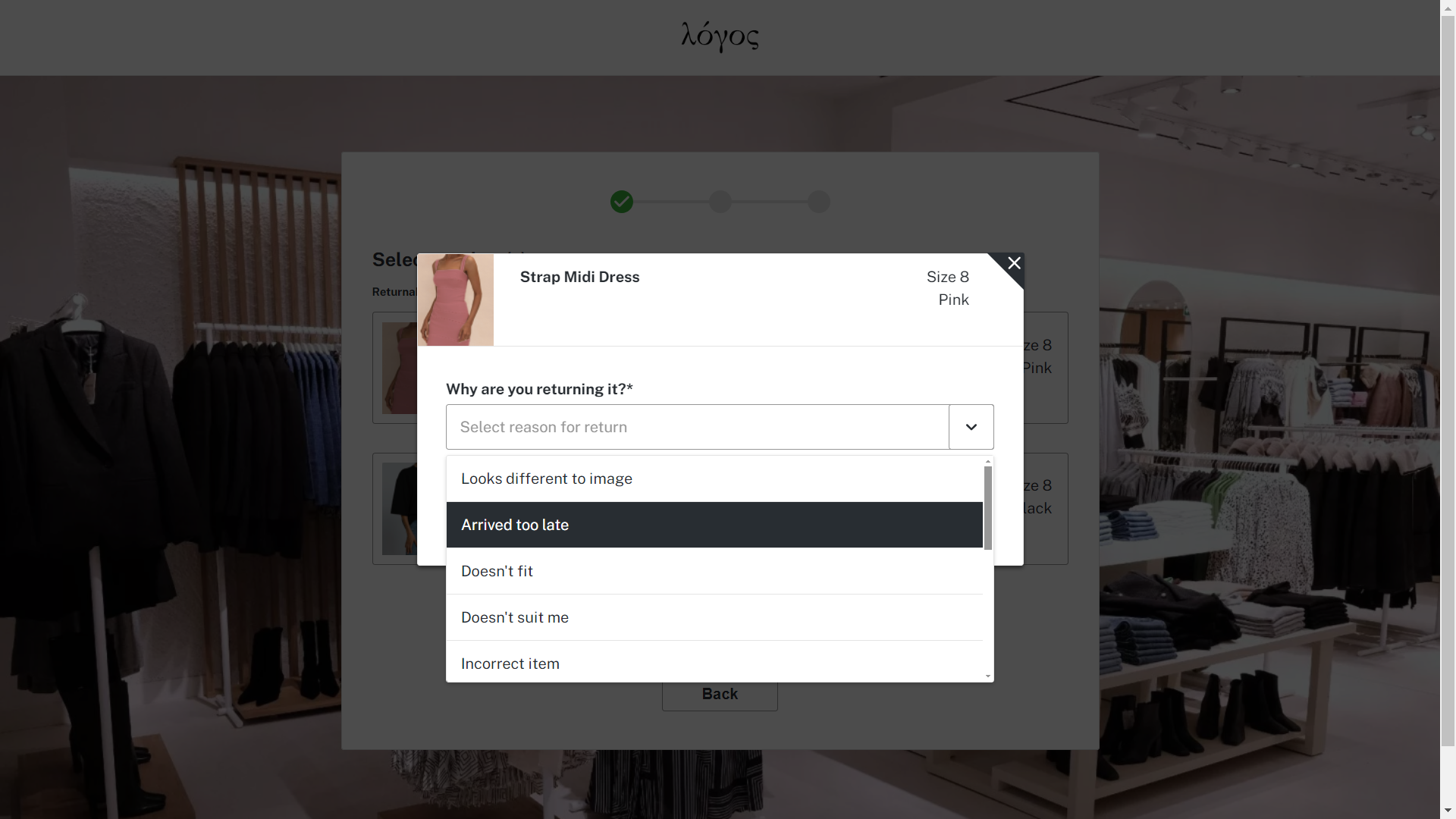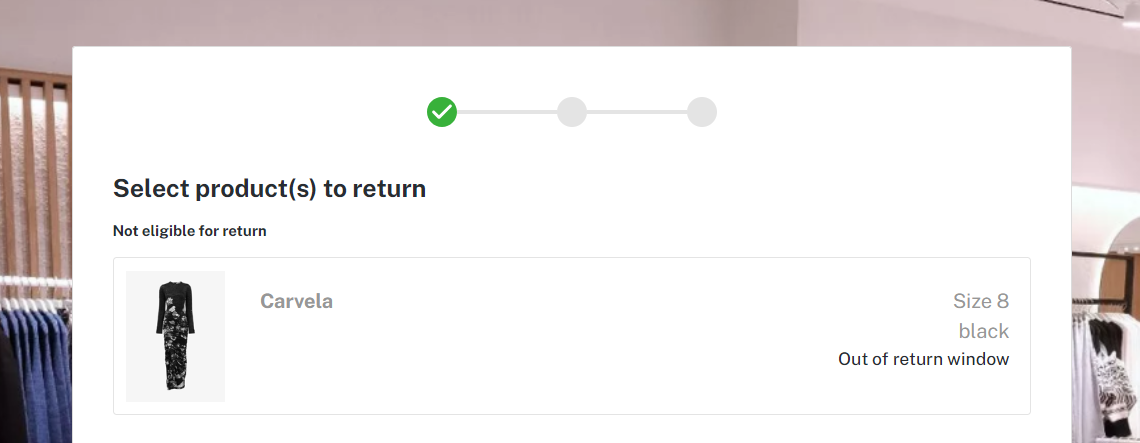In a fiercely competitive world where customer loyalty is hard-won and easily lost, retaining customers is vital to retail growth. Not only is it easier to sell more to customers who already love your brand, but a 10% increase in customer retention can increase profitability by 30%.
Providing a great shopping experience is a cornerstone of customer loyalty. However, one area where this experience often falls short is in returns – a surprising oversight considering 92% of customers will buy again if you get returns right.
Traditional Returns Aren’t Built for Customer Retention
Traditional returns processes are riddled with inefficiencies that directly impact customer satisfaction and, ultimately, retention. Imagine you’re trying to return an item. You contact the customer service team and wait for a reply (our research found that 47% of merchants still require customers to contact customer services to start the refund process). You then manually print off a label, box up your item, and travel to your local post office to wait in line to send it back. Then, you wait. You receive no information about the shipping or refund process until suddenly you get your money back – minus any fees charged for the privilege.
It’s frustrating, time-consuming, and puts customers off future purchases — especially if they risk experiencing this bad returns process again.
It’s not a good experience for customers, and it’s equally bad for retailers. Our research highlighted that 29% of merchants are still manually approving refunds, wasting both time and money. In addition, traditional returns methods offer no control or visibility over which items are coming back or why customers are returning items – leaving no room for processing efficiency or strategic improvements to reduce return rates.
Implementing a returns management solution will not only provide a better customer experience but also increase efficiency, reduce costs, and ultimately improve customer loyalty and long-term growth.
Great Returns Increase Customer Retention and Cut Costs
Let’s address the elephant in the room: some retailers might worry that making returns too convenient will lead to a surge in unwanted items coming back.
The biggest benefit of a returns platform is being able to balance convenience with control. That gives customers the convenience of an easy returns process, and retailers the control of the returns data and platform that will enable them to learn from and manage their returns process.
For example, returns platforms allow consumers to register returns online whenever it suits them, eliminating the need for them to contact customer service teams, saving retailers time and resources.

Customers will also be prompted to enter their reason for returns, giving retailers much-needed data and insights to create a more efficient returns process and implement strategic changes. For example, if they receive many returns saying an item is too big, they can adjust the sizing guide to reduce return rates at the source. Returns provide a valuable source of customer feedback, which retailers can use in the long term to provide better customer experiences across different areas of the buying journey, increasing retention.

In addition, by making customers enter data at the point of return, retailers can also implement stricter policies around which items can’t be returned or introduce shorter return windows – allowing greater control over what is returned in the first place.

When registering a return, customers will also be given a list of options for drop-off locations, allowing them to pick from nearby locations to return their parcel. They can also select label-free returns from the returns platform, removing the barrier and headache of finding a printer to access their label, making the returning process easier and more convenient.
With a returns platform, retailers can see exactly what returns are coming in and why, allowing them to deliver accurate tracking updates and information to customers, providing transparency and information about their returns. This not only helps improve customer experience but also helps further reduce the volume of customers contacting customer service teams asking for updates.
Driving Growth and Revenue Through Returns
Investing in a returns platform that makes returns painless for your customers transforms them from a cost center into a powerful driver of customer loyalty, driving revenue and growth.
Find out more about the current state of returns by downloading our 2024 e-commerce report here.

